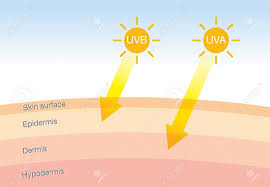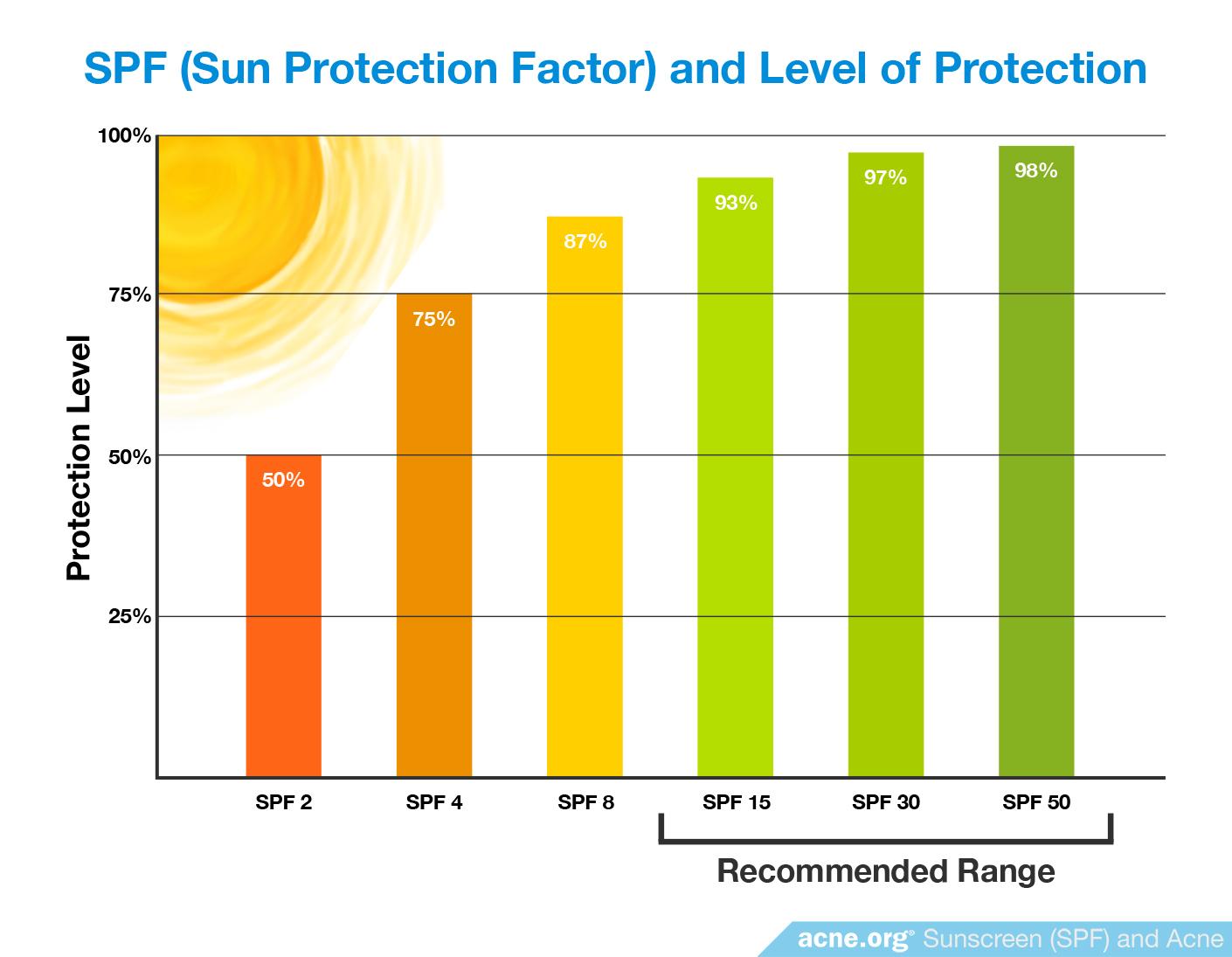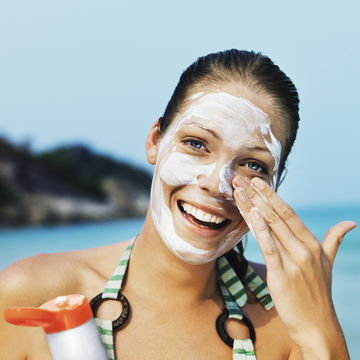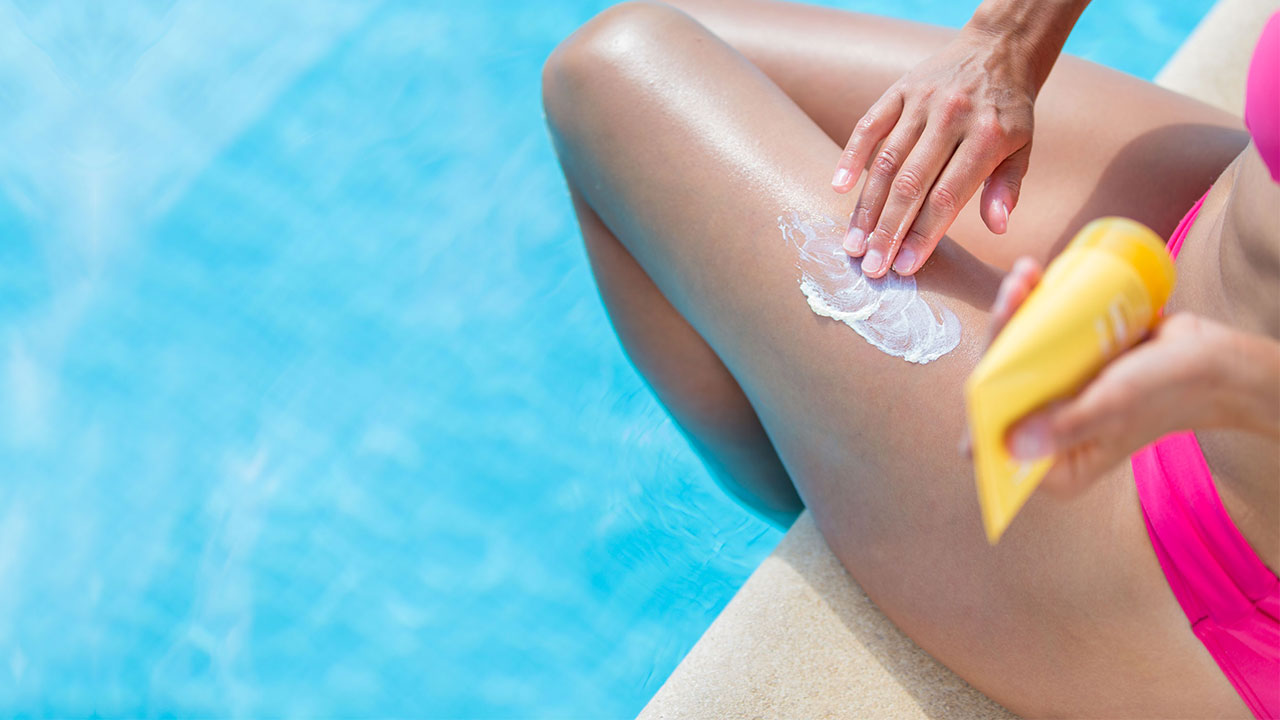
The Philippines experiences summer practically 24/7 so it’s a must to slather on SPF, but knowing when, how often, and how much is key. Often times, people think that SPF should only be applied when you’re at the beach or directly under the sun. There’s also the myth that SPF can be applied and last the entire day. Here, we’ll be sharing helpful tips on how SPF can literally save your life!
These are the two types of rays that the sun emits, and while both damage our skin, it’s the UVA rays that you really ought to watch out for. UVA rays are what we call the “aging” rays so even when it’s raining or you’re indoors, you’re still exposed to UVA rays. Examples of UVA exposure include your computer screen and fluorescent lighting. The aging effects of UVA rays, unlike UVB or “burning” rays won’t be seen immediately. In fact, it may take years before you see the actual damage.
This is why it’s important to check the labels of your SPF products. Make sure they protect you from both types of rays, and look out for that all-important PA and plus signs, too! PA simply means Protection Grade of UVA rays, which is used to measure the SPF of a sunscreen. This Japanese measurement ranking which is now widely used, is based on the Persistent Pigment Darkening (PPD) reaction reading at 2 to 4 hours of sun exposure. Protective grade of sunscreen is often leveled as PA+, PA++, and PA+++. The more plus signs you see, the better the protection.
A sunscreen’s SPF or Sun Protection Factor refers to its ability to shield from the sun’s ultraviolet rays. It’s a measure of the time it would take for a person to start getting red without sunscreen application. In general, it usually takes about 10 to 20 minutes without sunscreen for a person’s skin to start burning. An SPF 15 product would prevent skin from burning for 15 times longer – so about 150 to 300 minutes, or about 2.5 to 5 hours. For many, such numbers can get confusing. It is a common misunderstanding that “SPF 30” is twice as good as “SPF 15.” But that’s not how it works! A sunscreen with an SPF 15 blocks about 94 percent of the sun’s dangerous rays. SPF 30 products block about 97 percent of such rays, and SPF 45 sunscreen shields against about 98 percent of rays. So there’s really no need to go any higher with SPF 70 and the like. Remember, re-application counts, too.
Dermatologists highly recommend reapplying sunscreen every two to four hours, as sunscreen can rub off or get washed off in the water. For every day use, it’s a must to apply at least a teaspoonful (Yup, you read that right) to cover your face as well as your neck and even your décolletage.
As mentioned, it takes about 10 to 20 minutes without sunscreen for a person’s skin to start burning. Wearing SPF 15 would prevent skin from burning for 15 times longer. However, that doesn’t mean you’re fully protected for those 2.5 to 5 hours. Dermatologists recommend reapplying sunscreen every two to four hours, as sunscreen can rub off due to water exposure, perspiration, and active movement.
Sun Care Products You Might Like:
-
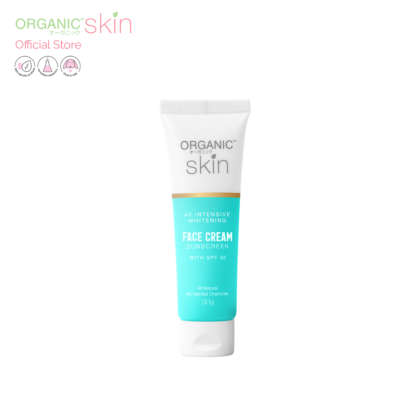
Organic Skin Japan 4x Intensive Whitening Face Cream with SPF 30 (30g)
PHP 149 Add To Cart Quick View Brand: ORGANIC SKIN JAPAN -
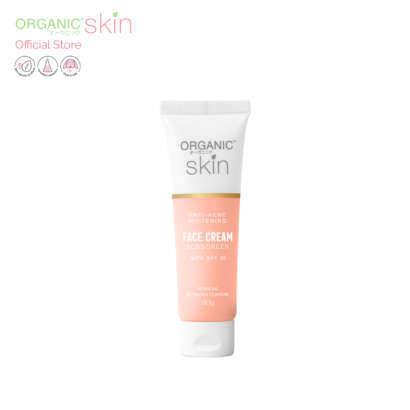
Organic Skin Japan Anti-Acne Whitening Face Cream with SPF 30 (30g)
PHP 149 Add To Cart Quick View Brand: ORGANIC SKIN JAPAN -
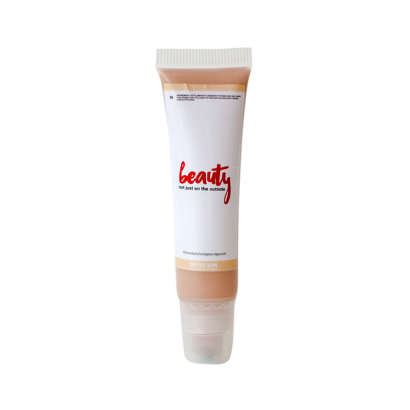
Beauty By Hodge Podge MNL Tinted Sunscreen with Moisturizer
PHP 210 Choose Option Quick View Brand: Beauty by Hodge Podge MNL -
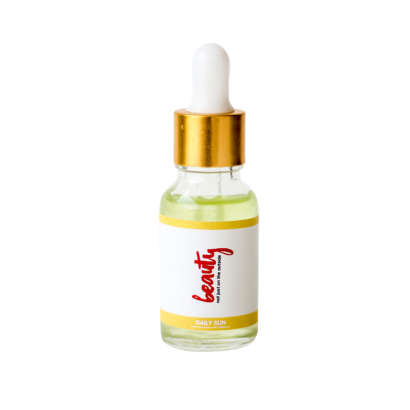
Beauty By Hodge Podge MNL Magic Sunscreen with Moisturizer
PHP 270 Choose Option Quick View Brand: Beauty by Hodge Podge MNL




